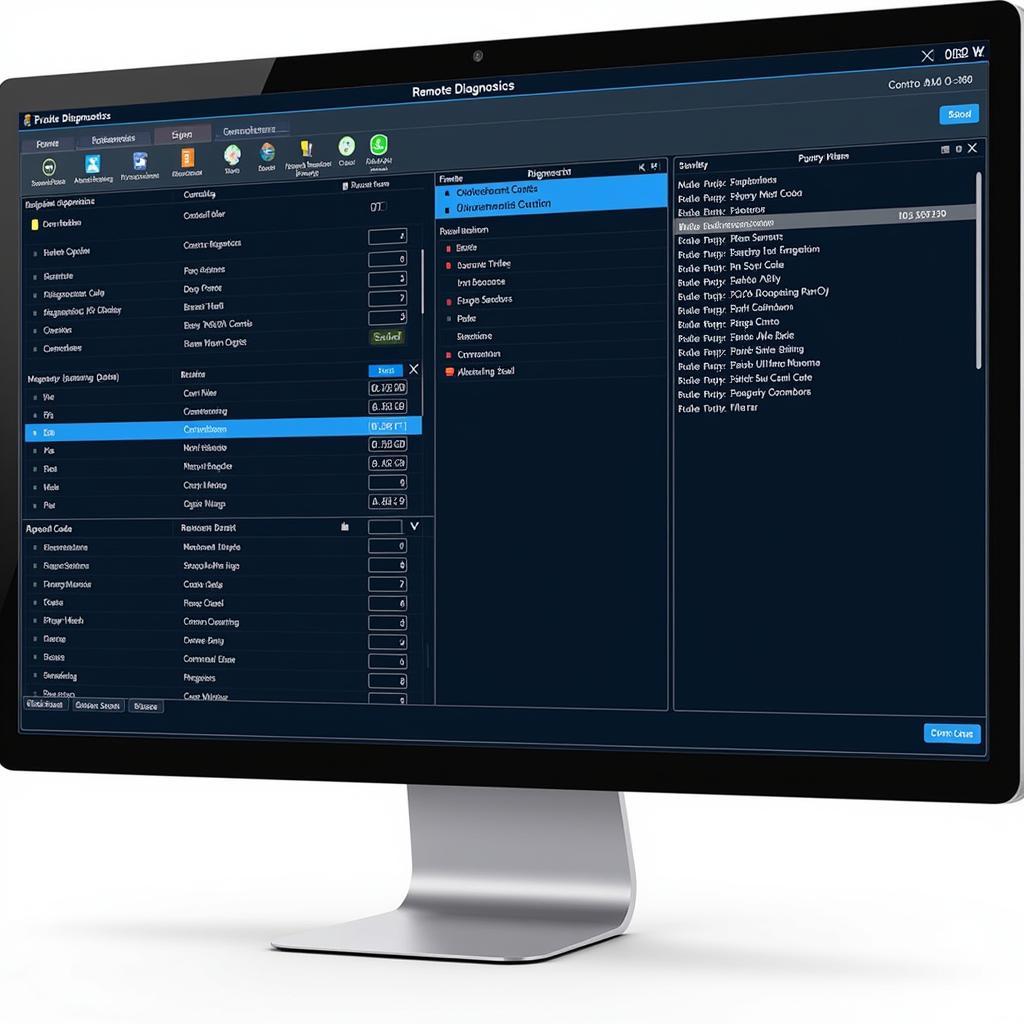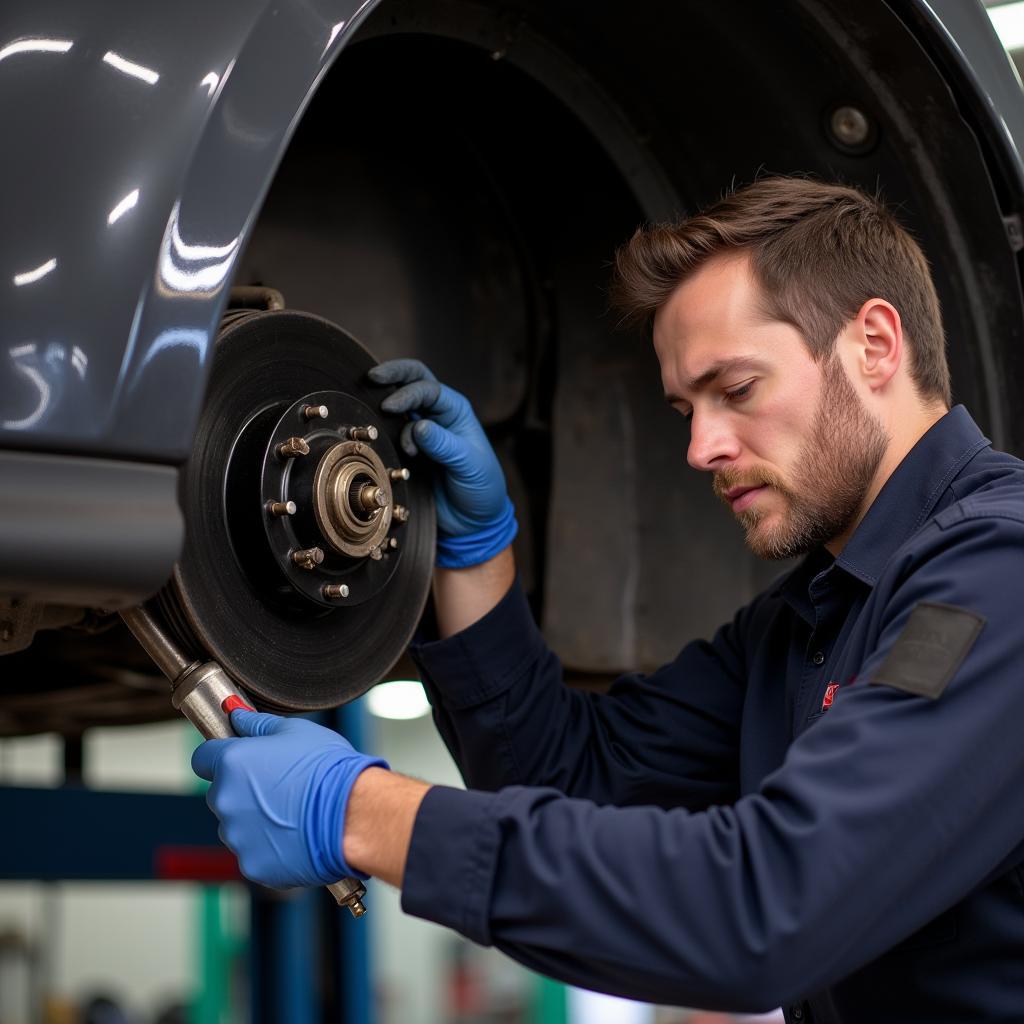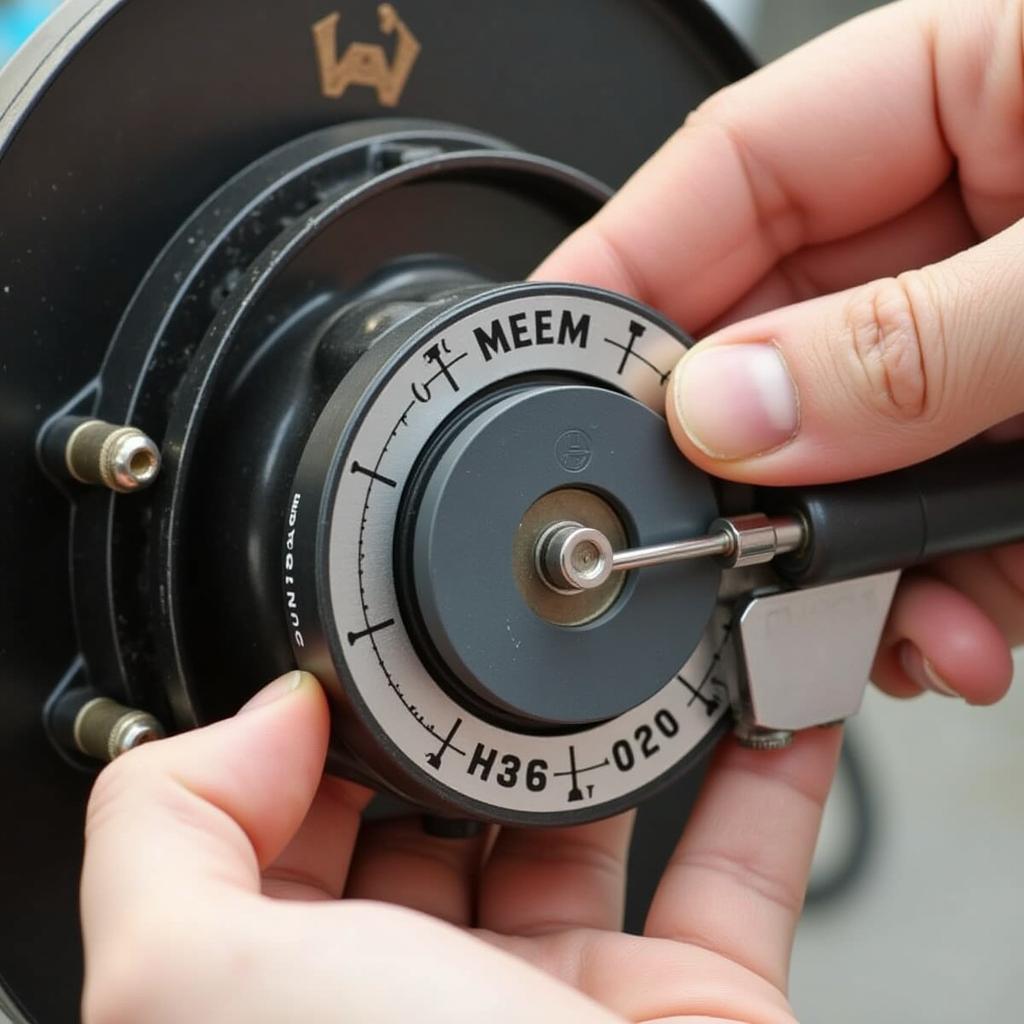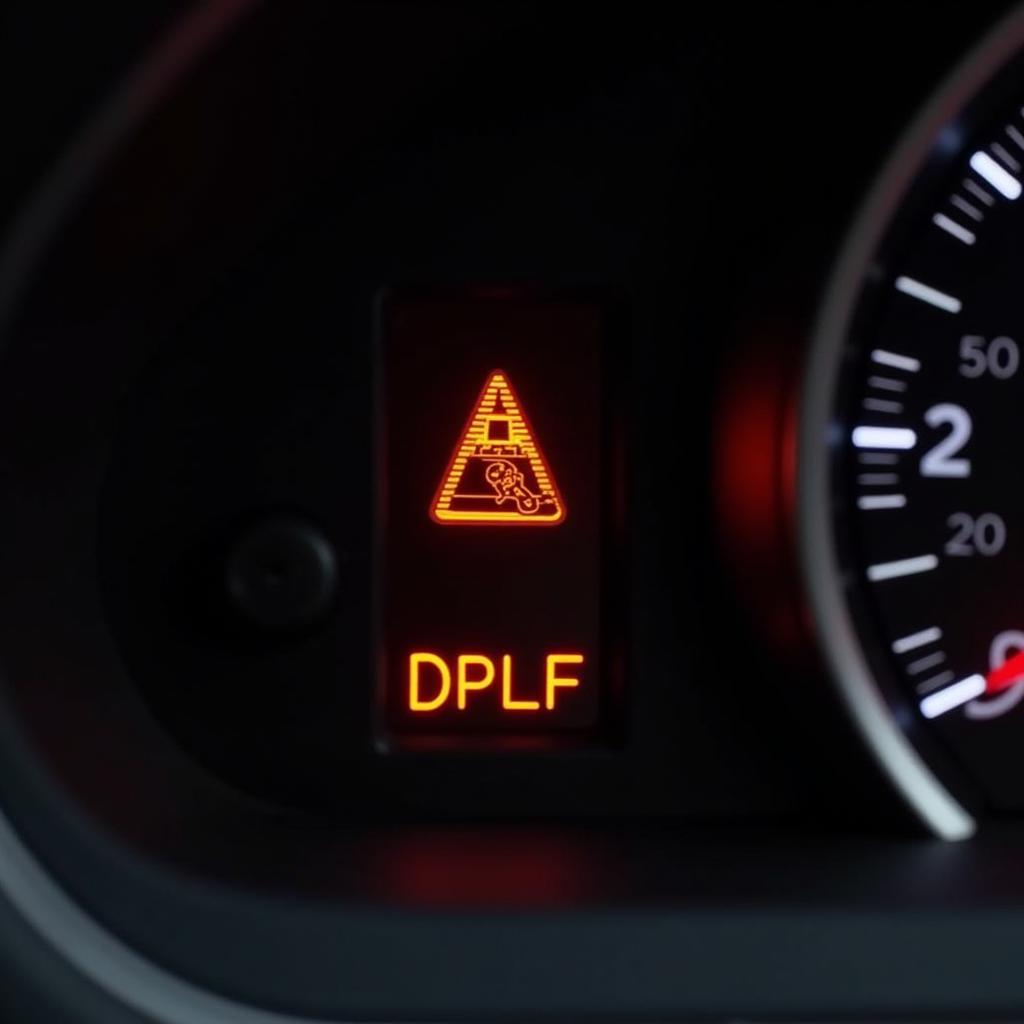That dreaded “check brake warning light” illuminating your dashboard can be a real cause for concern. It signals a potential problem with your braking system, a critical component for safe driving. This guide provides an in-depth look at the check brake warning light, its various causes, and how to address them, even remotely. We’ll cover everything from simple checks you can perform yourself to more complex diagnostic procedures that require professional assistance.
Understanding the various reasons why your check brake warning light might be on is the first step toward resolving the issue. It could be something as simple as low brake fluid or worn brake pads, or it could indicate a more serious problem with the ABS system. If you’re experiencing a check brake light warning in your Kia Sportage, you can find specific information and troubleshooting tips in our dedicated guide: check brake light warning kia sportage.
Why is My Check Brake Warning Light On?
Several factors can trigger the check brake warning light. Here’s a breakdown of the common culprits:
- Low Brake Fluid: This is the most frequent cause. The brake system relies on hydraulic pressure, and low brake fluid can significantly compromise its effectiveness.
- Worn Brake Pads: Brake pads have wear indicators that trigger the warning light when they reach a critical thickness.
- Faulty Brake Sensor: A malfunctioning sensor can send incorrect signals, illuminating the warning light even if there’s no actual problem.
- ABS Issues: Problems within the Anti-lock Braking System (ABS) can trigger the warning light. This often requires more advanced diagnostics.
- Parking Brake Engaged: In some vehicles, leaving the parking brake engaged can also trigger the warning light.
Diagnosing the Check Brake Light
Addressing the check brake warning light effectively requires proper diagnosis. Start with the simplest checks:
- Check the Parking Brake: Ensure the parking brake is fully disengaged.
- Inspect Brake Fluid Level: Locate the brake fluid reservoir and check the fluid level. It should be between the minimum and maximum markers.
- Visual Inspection of Brake Pads: If possible, visually inspect the brake pads for wear. Thin pads will need replacement.
For more complex issues, like ABS problems or faulty sensors, specialized diagnostic tools and software are often necessary. This is where remote diagnostics and software installation come into play.
Remote Diagnostics and Software Solutions
Modern vehicles rely heavily on software and electronic control units (ECUs). This allows for remote diagnostics and software updates that can address many brake system issues without a physical visit to a repair shop. Remote diagnostics can pinpoint the exact cause of the check brake warning light, saving time and potentially reducing repair costs. For Hyundai Tucson owners facing this issue, we have a dedicated resource: hyundai tucson check brake light warning.
Through specialized software, technicians can remotely access a vehicle’s ECUs, retrieve diagnostic trouble codes (DTCs), and identify the root cause of the problem. Furthermore, software updates and reprogramming can often resolve software-related glitches that trigger the check brake warning light.
 Remote Diagnostics Software Interface
Remote Diagnostics Software Interface
What if the High Mounted Brake Light is the Culprit?
Sometimes, the issue isn’t with the main braking system but with the high-mounted brake light (also known as the third brake light). A malfunctioning high-mounted brake light can trigger the check brake warning light in some vehicles. Our guide on checking the high-mounted brake light provides further information: check high mounted brake light warning.
When to Seek Professional Help
While some check brake warning light issues can be addressed with simple DIY fixes, others require professional attention. If you’re unsure about the cause or uncomfortable performing the necessary repairs, it’s always best to consult a qualified technician. They have the expertise and tools to diagnose and repair complex brake system problems safely and effectively. For VW Passat owners experiencing brake pad warning lights, our guide provides valuable insights: vw passat check brake pads warning light.
 Mechanic Inspecting Brake System
Mechanic Inspecting Brake System
Conclusion
The check brake warning light should never be ignored. Addressing the issue promptly ensures your safety and prevents further damage to your vehicle’s braking system. From simple checks to advanced remote diagnostics and software solutions, various approaches exist to resolve the problem. Remember, a functioning brake system is paramount for safe driving. If you’re unsure about any aspect of diagnosing or repairing your brakes, seeking professional help is always the safest course of action.



